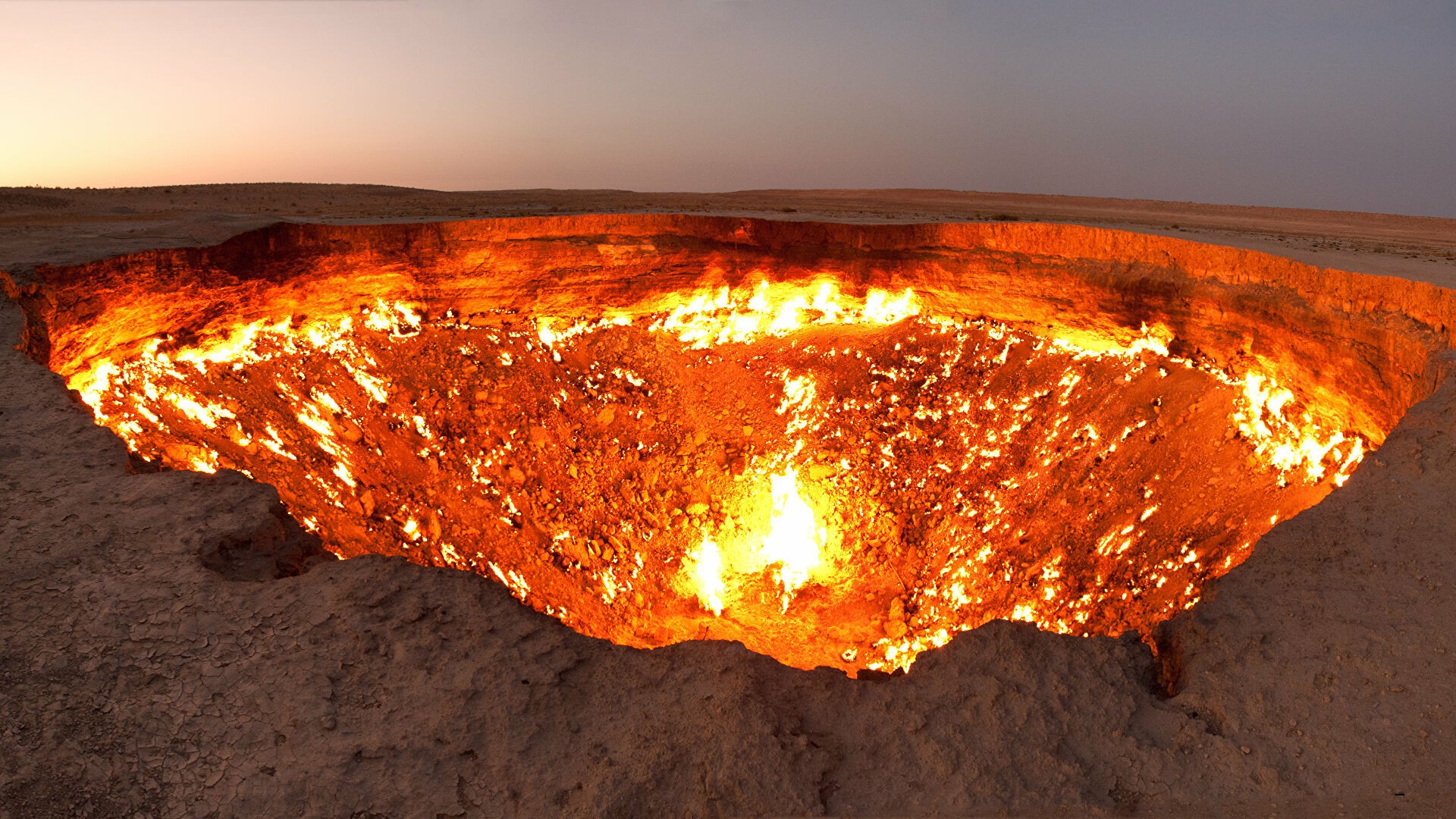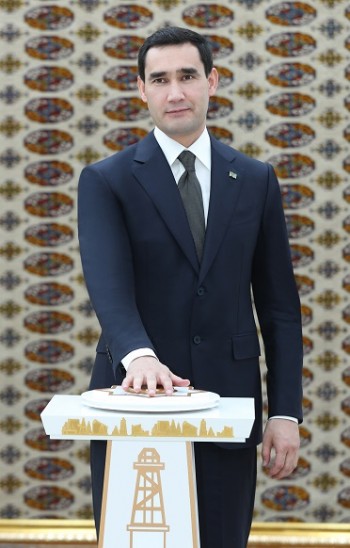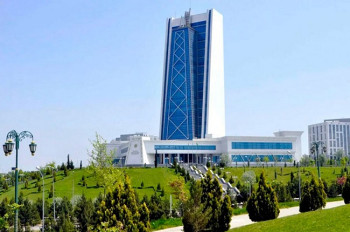The mysterious gas crater has its own real story
17:10 01.02.2022 15437

The President of Turkmenistan, speaking on January 7 at the first meeting of the Government this year, ordered to find a solution to extinguish the gas crater that has been burning for more than 50 years in the very center of the Karakum desert.
Attention to this problem is connected with concern for the ecology of the area, the health of the people living here, the rational use of the natural resources of our country. As the head of state noted, “a huge amount of gas has been burned in this area for many years. This circumstance negatively affects the environment and the health of people living nearby. Natural gas is also consumed, from which significant profits can be made to ensure the well-being of the people”.
In recent years, a burning gas crater, located about 260 kilometers north of Ashgabat, in the town of Darvaza, has become a well-known landmark of our country. An unusual phenomenon attracts the attention of scientists and numerous tourists interested in all sorts of natural mysteries.
Among the people, this mysterious area received the figurative name «Gates of Hell» and acquired various legends.
But this seemingly mysterious phenomenon has its own very real story.
According to reports, it began in 1971, when geologists working here discovered an underground cavity in the desert with an accumulation of natural gas. During the development of the field, a collapse occurred. The drilling rig went underground, and gas began to flow from the resulting underground cave. The diameter of the gas hole is 60 meters, the depth is about 20 meters.
To avoid poisoning people and livestock with gas, geologists decided to set it on fire, believing that the fire would die down over time. But natural gases escaping from the ground continue to burn to this day and are even visible from space. The intense heat and danger of collapse of the rims of the crater makes it difficult to penetrate the funnel and study it from the inside.
In November 2013, traveler and explorer George Kourounis from Canada descended to the bottom of a burning crater to conduct research and collect soil samples.
According to Kourounis, it took him a year and a half to prepare the expedition. Before leaving, I had to practice over the gorge of the local river: it was necessary to try out the descent along the outstretched rope, when he was dressed in a heat-proof suit, had a breathing apparatus and special climbing equipment, which had to be made to order from a material that did not melt from the heat. In addition, as a training, the daredevil hired a special stuntman who set fire to him so that he would not panic in a similar situation.
The researcher compared his feelings during the descent into the crater with being on another planet. And the fact that he constantly had to monitor the breathing apparatus, the condition of the ropes, video filming, did not leave him time to be scared.
“I would call it the Colosseum of Fire: wherever you look, there are thousands of small torches everywhere. And the sound is like the roar of a jet engine, such a powerful, oppressive sound of burning gas. And no smoke,” Kourounis told later.
The risk was justified: it was possible to find bacteria resistant to high temperatures. It was also surprising that these bacteria are not found anywhere on the surface of the earth and feel great living in a small ecosystem at the bottom of a hot crater. The discovery of such life forms is very important from the point of view of astrobiology, because on many planets outside the solar system conditions resemble the Turkmen crater.
The fact that the information about the instruction given by the Turkmen leader Gurbanguly Berdimuhamedov to close it and use it for the benefit of the people attracted the attention of numerous foreign media outlets that placed it on their news feeds testifies to how interesting the Darvaza gas crater is for the general public.

The President of Turkmenistan took part in the opening of a new gas gathering station in Lebap region
As part of a festive trip last Saturday to the Lebap region, President of Turkmenistan Serdar Berdimuhamedov took part in the solemn ceremony of commissioning a new gas gathering station.

IUOG named after Ya. Kakayev and Petronas Carigali (Turkmenistan) signed a Memorandum of Understanding
The International University of Oil and Gas named after Yagshygeldi Kakayev and Petronas Carigali (Turkmenistan) Sdn Bhd signed a Memorandum of Understanding, the News Portal of the State Television and Radio Broadcasting Company of Turkmenistan reports.

Green technologies against desertification are being implemented at Galkynysh gas field
CNPC Chuanqing Drilling Engineering Co., Ltd., a branch of CNPC, is actively implementing a project to combat wind erosion of soils caused by frequent sandstorms and low vegetation at the Galkynysh gas field in Turkmenistan, according to a press release from CNPC.

Pakistani leaders are interested in implementing joint energy projects with Turkmenistan
The President and Prime Minister of Pakistan in their letters to the President of Turkmenistan Serdar Berdimuhamedov expressed their interest in promoting joint energy projects in South and Central Asia.

In the future, we will make every effort for long-term cooperation with Turkmenistan in the gas sector, - head of CNPC
The commissioning of a new facility in the Bagtyyarlyk contract area, the opening of which was attended by the President of Turkmenistan, is an unforgettable event for both Chinese and Turkmen specialists. This was stated by the President of the CNPC Board of Management Hou Qijun, speaking to the participants of the celebration on the occasion of the commissioning of a new gas gathering station in the Farap etrap of the Lebap velayat.




